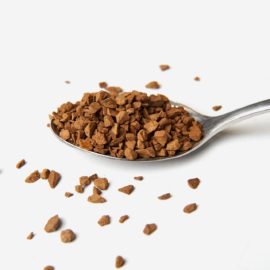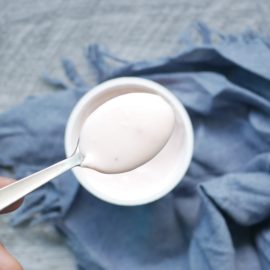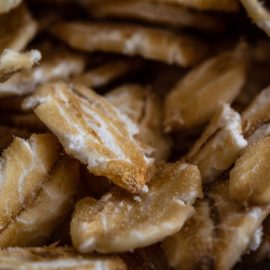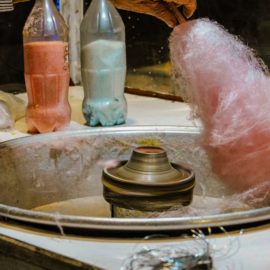Polyglycerol polyricinoleate or PGPR is a food emulsifier derived from the seeds of the castor oil plant. With its excellent emulsifying properties, PGPR effectively combines fat and water-based ingredients, ensuring they remain mixed without separation. In chocolate production, PGPR plays a crucial role in creating a desirable smooth and creamy texture by effectively binding cocoa solids and cocoa butter together.
The Science Behind Ultra High Temperature (UHT) Milk

Ultra-High Temperature (UHT) milk refers to a type of milk that has undergone an intense thermal treatment process to achieve an extended shelf life without the need for refrigeration. Ultra-High Temperature (UHT) milk refers to a type of milk that has undergone an intense thermal treatment process to achieve an extended shelf life without the need for refrigeration. This preservation method involves subjecting the milk to extreme heat of 284°F (140°C) for 4 seconds
Does Instant Coffee Expire? Here’s The Answer
Is Acrylamide Present in All Chips? Let’s Find Out
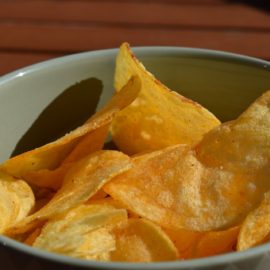
If you’ve ever wondered about the presence of acrylamide in potato chips, you’re not alone. Potato chips, a beloved snack made from thinly sliced potatoes that are fried or baked until crispy, have gained popularity worldwide. However, there are concerns about their impact on health due to their high fat, sodium, and calorie content. Moreover, the cooking process of potato chips at high temperatures has raised questions about the formation of acrylamide, a potential carcinogen. So, let’s delve into the question: Is acrylamide present in all chips?
How Long After Eating Expired Yogurt Before You Get Sick?
The Key Difference Between Amylose and Amylopectin
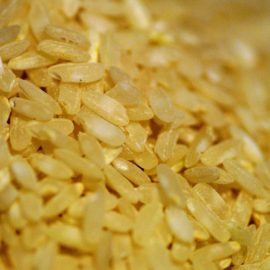
Starch is classified as a polysaccharide, which is a type of carbohydrate consisting of multiple sugar molecules linked together. In the case of starch, these sugar molecules are primarily glucose units. The individual glucose units in starch are connected by glycosidic bonds, which are chemical bonds formed between the carbon atoms of adjacent glucose molecules. These bonds create long chains known as polysaccharides, mainly amylose and amylopectin.
The Top 8 Foods You Didn’t Know Contain Butylated hydroxytoluene (BHT)
Food Chemistry: What Is Denaturation of Protein?

Denaturation of protein is a common occurrence during food preparation and cooking. Proteins are large, complex molecules composed of chains of amino acids folded into distinct 3D shapes. In this state, they are called native folded protein, and are able to perform their specific biological functions. But when they are denatured, they lose their functions. Denaturation is a process that disrupts the structure of a protein, causing it to lose shape and function.
The Sweet Chemistry: How Cotton Candy Is Made
Why Do Shrimps Change Color When Cooked? Explained
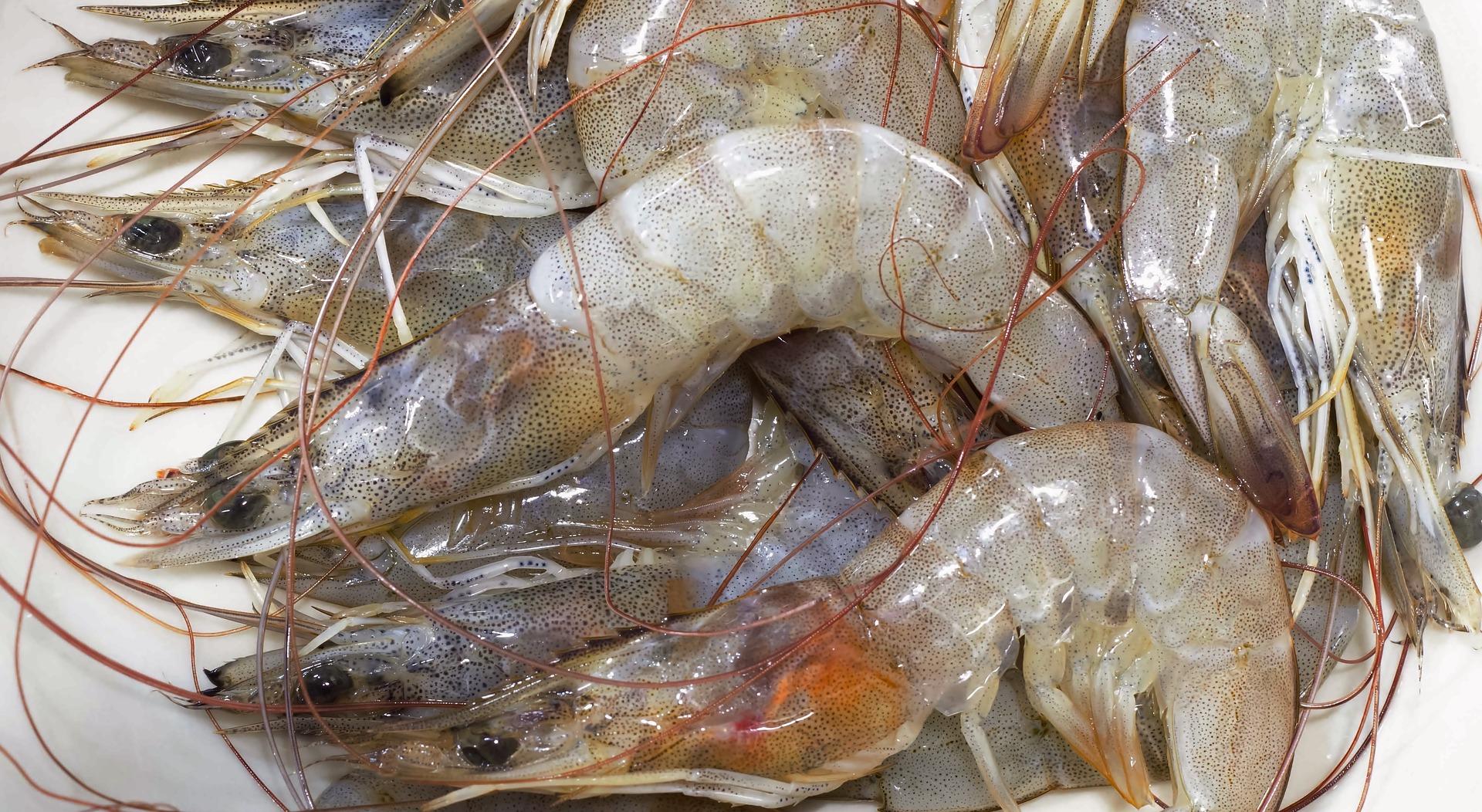
Have you ever observed how cooked shrimp change in color? This change from translucent gray or brown to a vivid pink or orange can be both fascinating and delicious. But why does this alteration occur, and how does it modify the flavor and consistency of your shrimp? This color change also occurs in other crustaceans such as crabs and lobsters.

